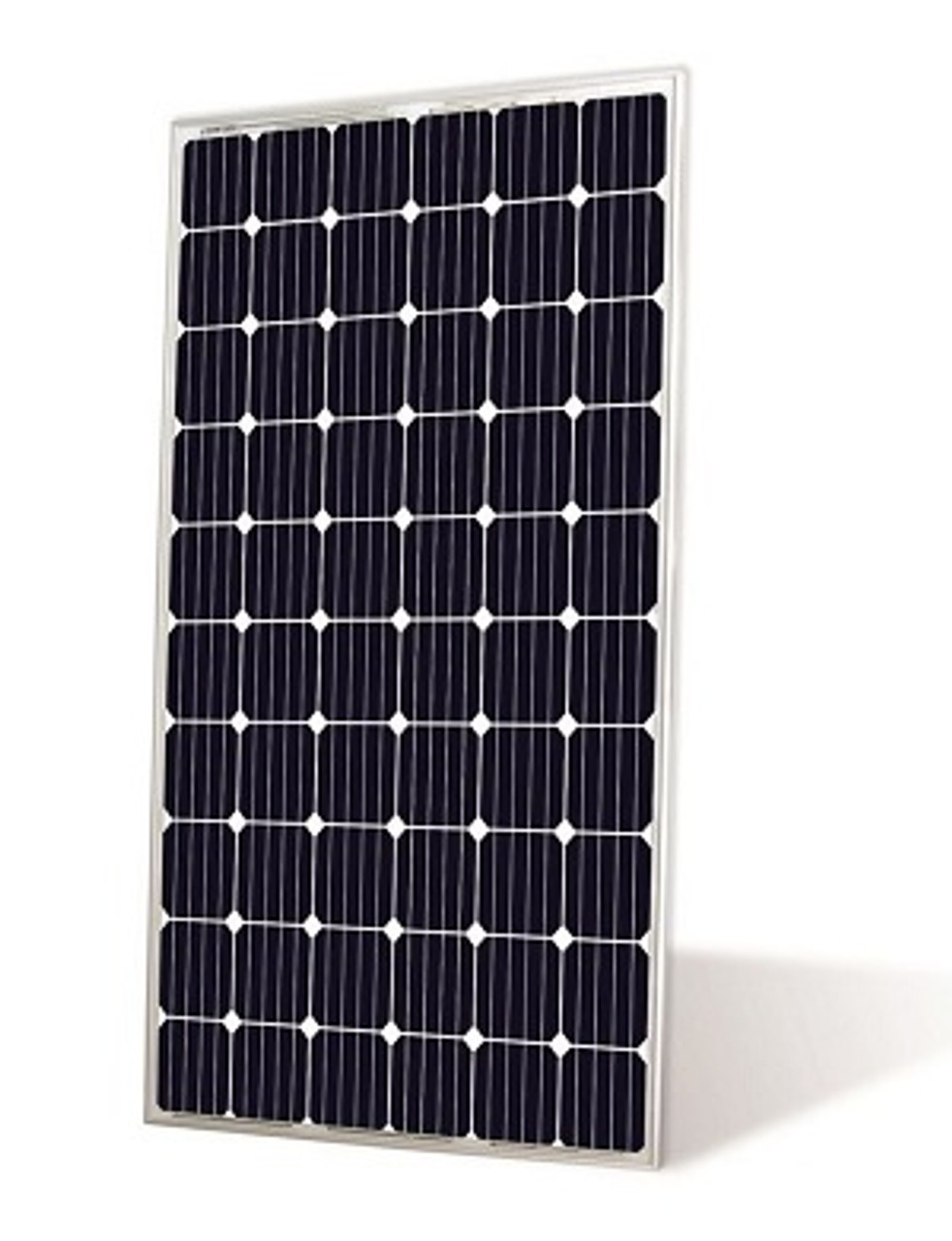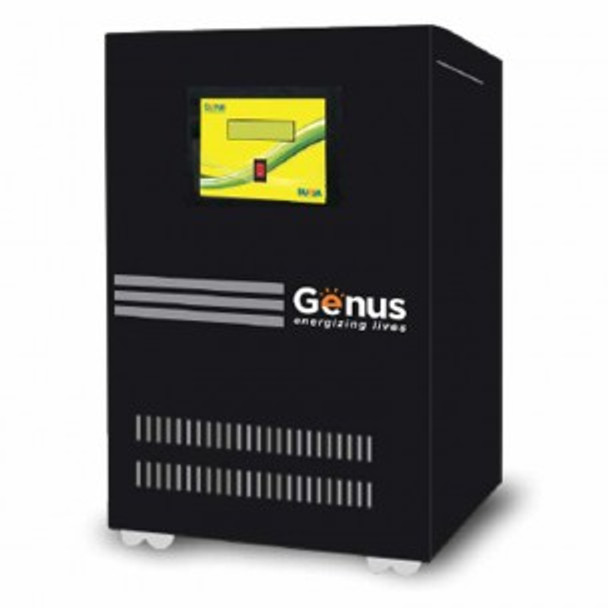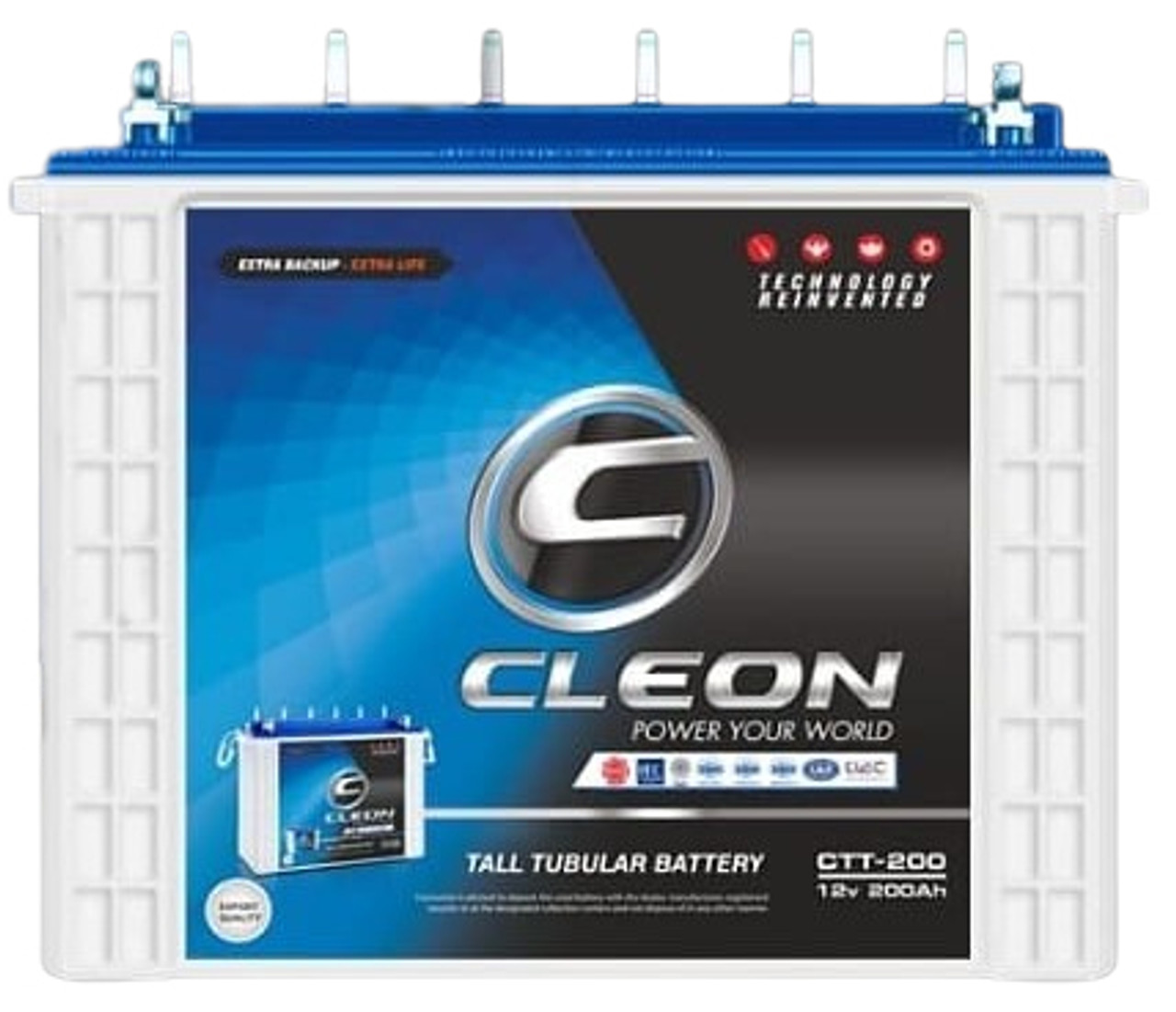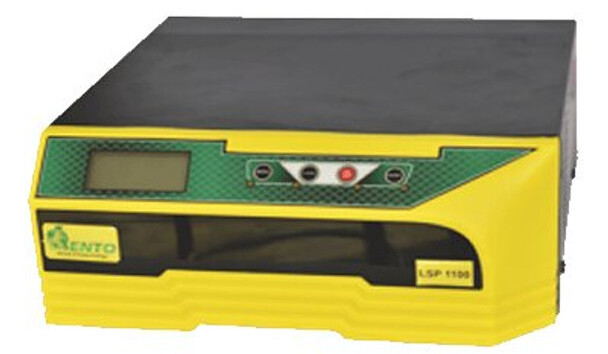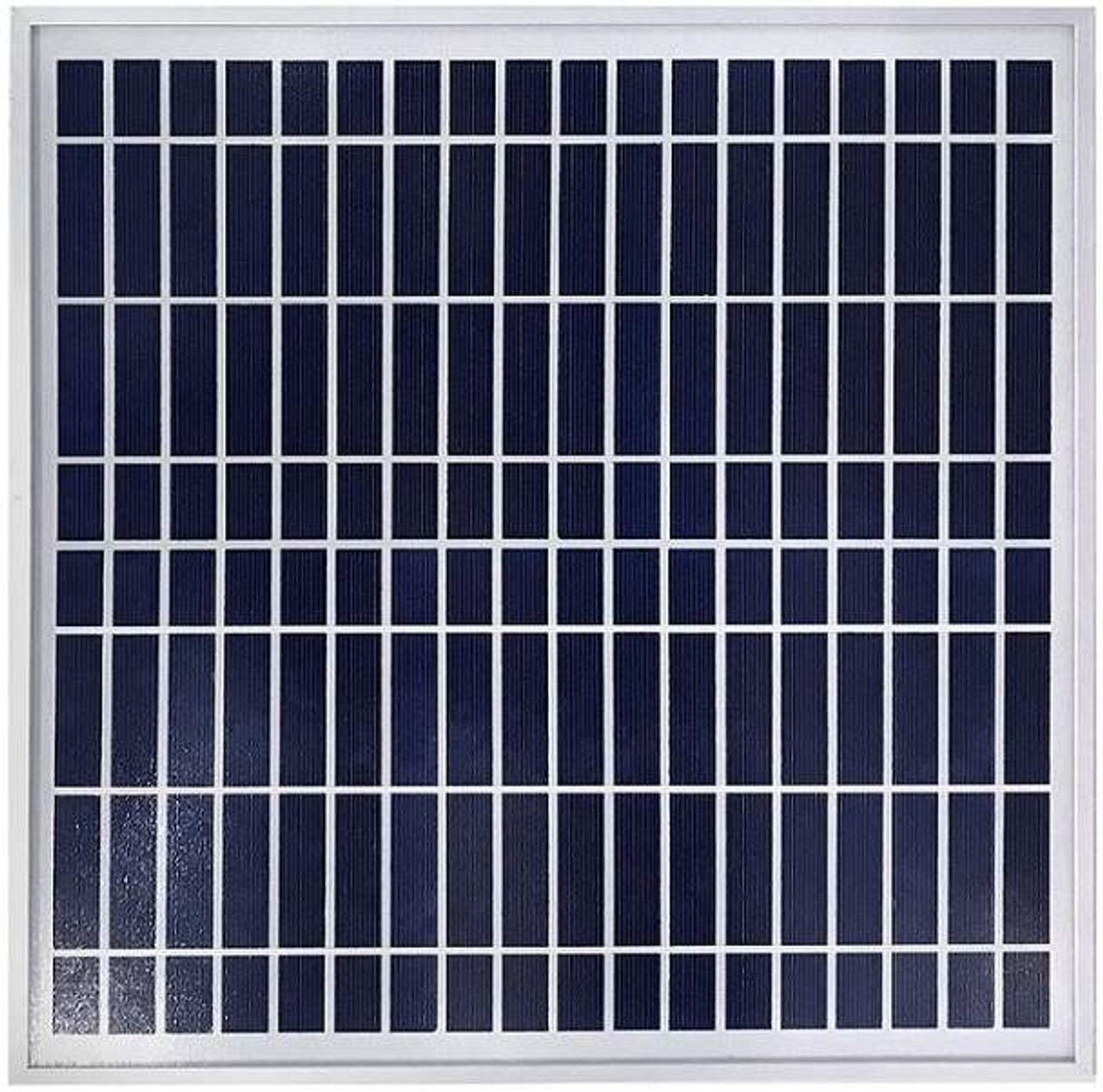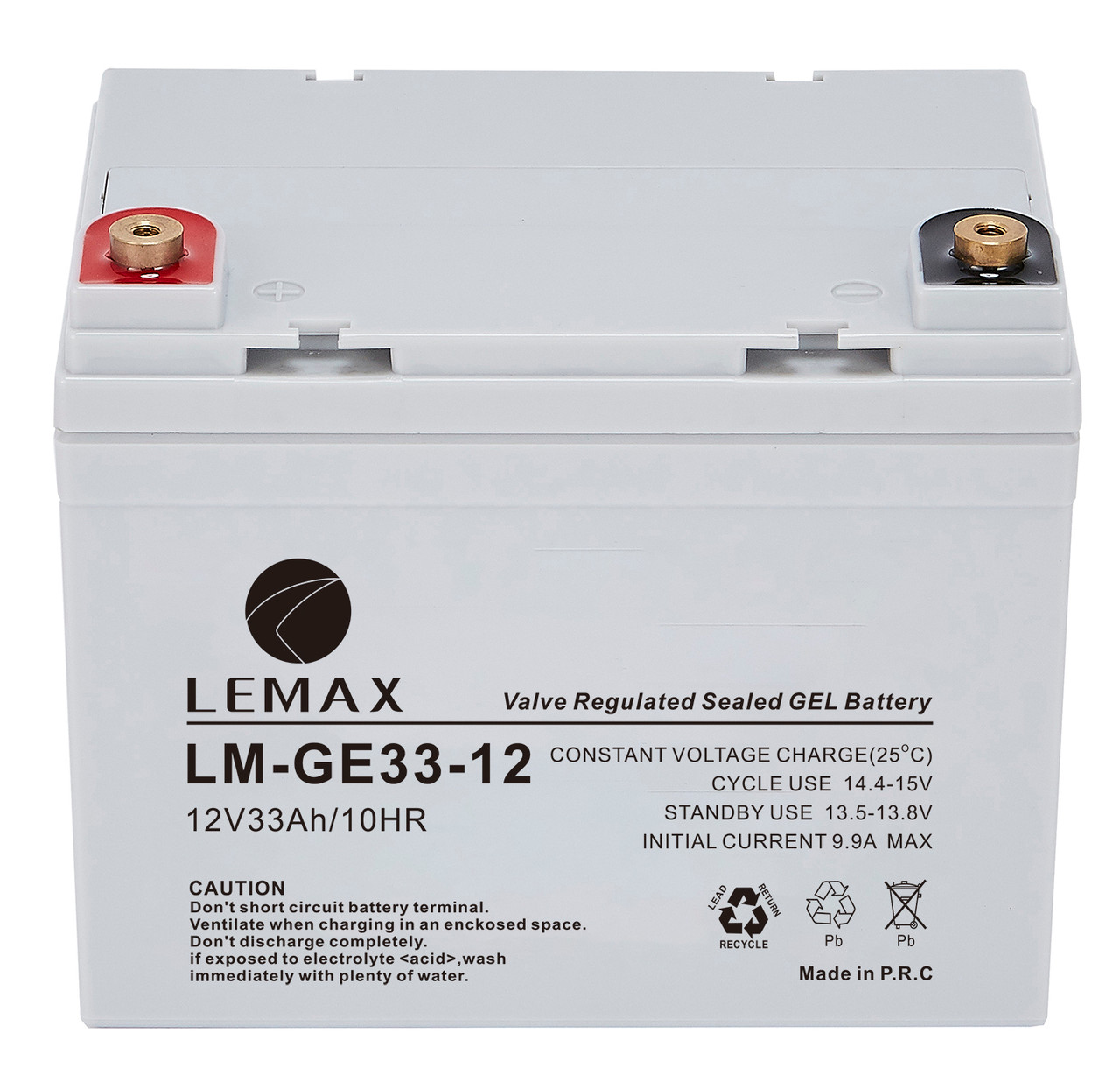How Does Solar Energy Storage Systems Work
Solar energy storage systems play a pivotal role in enhancing the efficiency, reliability, and overall viability of solar power as a sustainable energy source. These systems enable the seamless integration of solar-generated electricity into the grid and provide a consistent power supply, irrespective of weather conditions or time of day. As a result, solar energy storage is a critical component of achieving a clean and sustainable energy future.
Solar energy storage thus refers to the process of capturing and storing the energy generated from sunlight for later use. This energy can be stored in various forms, primarily as electricity in batteries, thermal energy in heat storage systems, or even as potential energy in pumped hydroelectric storage. The main objective of solar energy storage is to address the intermittent nature of solar power generation, where the availability of sunlight varies throughout the day and across seasons.
There are several importance of Solar energy storage systems such as;
- Grid Stability and Energy Reliability: Solar power generation is inherently intermittent, as it depends on the availability of sunlight. Solar energy storage helps stabilize the electricity grid by ensuring a consistent power supply even when the sun isn't shining. This reduces the need for backup fossil fuel-based power plants and enhances grid reliability.
- Energy Independence: Solar energy storage systems enable individuals, businesses, and communities to become more energy-independent. By storing excess solar energy during the day, they can rely on their stored power during the night or during cloudy periods, reducing their dependence on external sources of energy.
- Peak Demand Management: Solar energy storage allows for the effective management of peak electricity demand. During times of high energy consumption, such as hot summer afternoons when air conditioning use is at its peak, stored solar energy can be used to reduce strain on the grid, preventing blackouts and lowering electricity costs.
- Renewable Energy Integration: Solar energy storage facilitates the integration of renewable energy sources into the energy mix. Excess solar energy generated during periods of high sun intensity can be stored and used when renewable generation is low, helping to meet energy demands with clean, green energy.
- Environmental Benefits: Solar energy storage reduces the need for fossil fuel-based backup power, which reduces greenhouse gas emissions and air pollution. This aligns with global efforts to combat climate change and transition to a more sustainable energy system.
This content will delve deeper into the functioning and significance of solar energy storage systems. It will explore the fundamental concepts of solar energy generation and the challenges posed by the intermittent nature of sunlight. We'll then discuss the key components of solar energy storage systems, including batteries, inverters, and control systems, explaining how they work together to store and release energy efficiently.
Additionally, this content will provide insights into various types of batteries used in solar energy storage and their advantages and disadvantages. Real-world case studies will be examined to illustrate how solar energy storage systems are applied in residential, commercial, and utility-scale settings.
Basics of Solar Energy Generation
A. Solar Panels and Photovoltaic Cells
Solar energy generation begins with the utilization of solar panels, which are composed of numerous photovoltaic cells. These cells are the fundamental building blocks responsible for converting sunlight into electricity. Here, we will delve into the specifics of solar panels and photovoltaic cells:
- Solar Panels: Solar panels, also known as photovoltaic (PV) panels, are typically composed of multiple solar cells connected together in a specific arrangement. They are designed to capture sunlight and convert it into electrical energy. Solar panels come in various sizes and configurations, from small residential installations to large utility-scale arrays.
- Photovoltaic Cells: The core component of solar panels, photovoltaic cells, are semiconductor devices that directly convert sunlight into electricity through a physical phenomenon known as the photovoltaic effect. Key features of photovoltaic cells include:
- Semiconductor Material: Most commonly, photovoltaic cells are made from silicon, although other materials like thin-film compounds and organic materials are also used. Silicon solar cells dominate the market due to their efficiency and reliability.
- Absorption of Photons: When sunlight, which consists of photons, strikes the semiconductor material, the photons are absorbed by the atoms within the material.
- Generation of Electron-Hole Pairs: The absorbed energy causes electrons in the semiconductor to become excited and jump from their lower energy state (the valence band) to a higher energy state (the conduction band). This creates electron-hole pairs.
- Electron Flow: The presence of electron-hole pairs allows for the movement of electrons through an external circuit, generating an electric current. This flow of electrons constitutes the electricity generated by the photovoltaic cell.
Solar Panel ready for purchase
B. Conversion of Sunlight to Electricity
The process of converting sunlight into electricity involves several steps:
- Absorption: Sunlight contains a spectrum of electromagnetic radiation, with photons carrying varying levels of energy. Solar cells are designed to absorb a portion of this solar radiation, primarily in the visible and infrared portions of the spectrum, as these photons have enough energy to cause electron excitation in the semiconductor material.
- Generation of Electron-Hole Pairs: When absorbed photons transfer their energy to electrons in the semiconductor, it elevates the electrons to a higher energy state. This creates electron-hole pairs, where the electron has moved to the conduction band, leaving behind a positively charged hole in the valence band.
- Electron Flow: An external electrical circuit connected to the solar cell provides a path for the electrons to flow. The movement of electrons from the semiconductor through the circuit creates an electric current.
- Electricity Generation: The electric current generated by the solar cells can be used to power electrical devices directly or stored in batteries for later use. In grid-tied systems, excess electricity can be fed back into the grid, often earning the system owner credits or compensation.
C. Energy Production Variability
One of the primary challenges associated with solar energy generation is its variability. The amount of electricity produced by solar panels depends on various factors:
- Sunlight Intensity: The strength of sunlight directly affects the power output of solar panels. Cloud cover, time of day, and geographic location all influence the intensity of sunlight reaching the panels.
- Angle and Orientation: The angle at which solar panels are mounted and their orientation relative to the sun significantly impact energy production. Proper positioning maximizes energy capture.
- Seasonal Variations: Solar energy production can vary seasonally due to changes in the sun's angle and the duration of daylight. This can result in lower energy output during the winter months.
- Dirt and Shading: Any obstructions, such as dirt, leaves, or shading from nearby objects, can reduce the efficiency of solar panels. Regular maintenance and careful placement are essential to minimize these effects.
- Temperature: The temperature of solar panels can affect their efficiency. Extremely high temperatures can decrease the efficiency of some types of solar cells, although others perform better in hotter conditions.
To mitigate the variability of solar energy production, solar energy storage systems, as discussed in the previous section, are often employed. These systems store excess energy generated during periods of high sunlight and release it when sunlight is insufficient, ensuring a consistent and reliable power supply. Additionally, hybrid systems that combine solar panels with other energy sources, such as wind or fossil fuels, can provide a more stable energy output.
Inverter 3.5kva/48v Sujar Solar Genus
Components of Solar Energy Storage Systems
Solar energy storage systems are complex setups that involve multiple components working together to capture, store, and manage energy efficiently. In this section, we'll explore the key components that make up these systems:
A. Batteries as Energy Storage Devices
- Battery Types: Batteries are the heart of a solar energy storage system. They store electrical energy in chemical form and release it when needed. Several types of batteries are commonly used in solar energy storage, including:
- Lead-Acid Batteries: These are the most established and cost-effective battery technology. However, they have limitations in terms of cycle life and depth of discharge.
- Lithium-Ion Batteries: Lithium-ion batteries are highly efficient and have a longer cycle life compared to lead-acid batteries. They are commonly used in residential and commercial solar energy storage systems.
- Flow Batteries: Flow batteries, such as vanadium redox flow batteries, store energy in liquid electrolytes. They offer scalability and long cycle life, making them suitable for large-scale applications.
- Solid-State Batteries: Emerging technology, solid-state batteries, promise higher energy density and safety but are still in the research and development phase.
- Capacity and Energy Density: Battery capacity is measured in kilowatt-hours (kWh) and determines how much energy can be stored. Energy density refers to the amount of energy a battery can store per unit of volume or weight. Higher energy density is desirable for smaller, more compact systems.
- Depth of Discharge (DoD): DoD refers to the percentage of a battery's capacity that can be safely used before recharging. It's an important consideration when sizing a solar energy storage system as using a high DoD can affect battery life.
- Cycle Life: Cycle life indicates how many charge-discharge cycles a battery can endure before its capacity significantly degrades. It's an essential factor in determining the long-term cost-effectiveness of a storage system.
B. Inverters and Charge Controllers
- Inverters: Inverters are crucial components in a solar energy storage system. They convert the direct current (DC) electricity generated by the solar panels and stored in batteries into alternating current (AC) electricity, which is the standard for most electrical appliances and the grid. Inverters ensure that the electricity is compatible with household or grid use.
- Types of Inverters:
- String Inverters: Common in residential systems, string inverters connect multiple solar panels in a string and convert their DC output to AC.
- Microinverters: These are attached to individual solar panels, providing greater efficiency and the ability to monitor the performance of each panel separately.
- Hybrid Inverters: Hybrid inverters are designed for solar plus storage systems. They can manage both the solar panels' output and the battery's charging and discharging.
- Charge Controllers: Charge controllers regulate the flow of electricity between the solar panels and the batteries. They prevent overcharging of batteries, which can lead to damage or reduced lifespan. Charge controllers are particularly important for off-grid systems or in areas with unstable power grids.
Learn more: Choosing the Right Solar Inverters for Your Home in Nigeria
C. Monitoring and Control Systems
- Monitoring Systems: Solar energy storage systems often include monitoring systems that provide real-time data on energy production, battery status, and overall system performance. Users can access this data through web interfaces or mobile apps, allowing them to track energy usage and optimize system performance.
- Control Systems: Advanced solar energy storage systems may include intelligent control systems. These systems can automatically manage the charging and discharging of batteries, optimize energy usage based on user preferences, and even participate in demand response programs, where excess energy is sold back to the grid during peak demand periods.
- Remote Monitoring: Many solar energy storage systems offer remote monitoring and control, allowing users to adjust system settings and check performance from anywhere with an internet connection. This remote accessibility enhances user convenience and system reliability.
In summary, solar energy storage systems consist of batteries, inverters, charge controllers, and monitoring/control systems that work together to store and manage solar-generated electricity effectively. The choice of components depends on factors like system size, intended use (residential, commercial, or utility-scale), and budget. These components play a critical role in making solar energy storage systems a viable solution for addressing the intermittency of solar power and enhancing energy independence.
Cleon Solar and Inverter Tall Tubular Battery 12V 200AH
How Does Solar Energy Storage System Works
Solar energy storage systems are designed to capture surplus energy generated by solar panels during periods of high sun exposure and store it for later use when solar generation is limited or non-existent. These systems involve a series of phases and mechanisms to ensure efficient operation.
A. Charging Phase
- Storing Excess Solar Energy:
- During the daytime, when solar panels are exposed to sunlight, they generate electricity from photovoltaic cells.
- Any excess energy generated that exceeds the immediate electrical demand of the system is directed towards charging the batteries.
- This surplus electricity is converted into chemical energy and stored within the battery bank for later use.
- Battery Chemistry and Charging Methods:
- Battery chemistry plays a crucial role in the charging phase. Common types of batteries used in solar energy storage systems include lead-acid, lithium-ion, and flow batteries.
- Charging methods vary depending on the battery chemistry, but they generally involve controlling the flow of current and voltage to safely store energy.
- Lithium-ion batteries, for example, have specific charging profiles to optimize their performance and lifespan, while lead-acid batteries may have different charging requirements.
B. Discharging Phase
- Providing Electricity When Solar Generation is Low:
- During periods of low or no sunlight, such as nighttime or cloudy days, the solar panels' electricity generation decreases or ceases.
- At this point, the energy stored in the batteries is discharged to provide electricity to the connected loads or the grid.
- In residential or commercial systems, the stored energy is used to power lights, appliances, and other electrical devices.
- In utility-scale systems, the stored energy can be dispatched to the grid to meet electricity demand.
- Battery Discharge Mechanisms:
- Battery discharge can occur through various mechanisms, depending on the battery chemistry and system design.
- In most cases, the energy is released by reversing the chemical reactions that occurred during the charging phase.
- The voltage and current are controlled to deliver a stable and continuous supply of electricity to the load.
- Battery management systems (BMS) play a vital role in monitoring and controlling the discharge process, ensuring that the batteries are used efficiently and safely.
C. Managing Energy Fluctuations
- Balancing Supply and Demand:
- Solar energy storage systems excel in balancing supply and demand. Excess energy generated during sunny periods is stored for later use, reducing the reliance on other energy sources during cloudy or nighttime hours.
- This balance helps stabilize the grid by mitigating the variability of solar power production and ensuring a consistent energy supply.
- Energy Management Strategies:
- Energy management systems (EMS) are employed to optimize the use of stored energy. These systems may prioritize specific loads or applications, depending on user preferences and system requirements.
- Smart control algorithms consider factors such as time of use, electricity rates, and critical loads, ensuring that stored energy is used efficiently and cost-effectively.
Pure Sine wave Inverter 1.6Kva/24V Lento
Types of Batteries Used in Solar Energy Storage
A. Lead-Acid Batteries:
- Lead-acid batteries have been used in renewable energy applications for decades due to their affordability and reliability.
- They are available in two main types: flooded lead-acid (FLA) and valve-regulated lead-acid (VRLA) batteries.
- FLA batteries require regular maintenance, including adding distilled water to the cells, while VRLA batteries are maintenance-free.
- They are suitable for small to medium-scale solar energy storage applications but have limited cycle life and depth of discharge compared to lithium-ion batteries.
B. Lithium-Ion Batteries:
- Lithium-ion batteries are widely used in solar energy storage systems due to their high energy density, efficiency, and longer cycle life.
- They are available in various chemistries, including lithium iron phosphate (LiFePO4), lithium cobalt oxide (LiCoO2), and lithium manganese oxide (LiMn2O4), each with unique characteristics.
- Lithium-ion batteries offer deep discharge capabilities and high charge/discharge efficiency, making them suitable for residential, commercial, and utility-scale applications.
C. Flow Batteries and Other Emerging Technologies:
- Flow batteries, such as vanadium redox flow batteries, store energy in liquid electrolytes and offer advantages in terms of scalability and long cycle life.
- Other emerging technologies, such as solid-state batteries, are being researched for their potential to provide even higher energy density, safety, and longevity.
- These technologies may play a significant role in the future of solar energy storage as they mature and become more cost-competitive.
Binatone Polycrystalline Solar Panel SOP-150
Advantages and Benefits of Solar Energy Storage
Solar energy storage systems offer a wide range of advantages and benefits, making them a valuable addition to renewable energy infrastructure. Here, we will explore these advantages in detail:
A. Energy Independence
- Reduced Reliance on Grid Electricity:
- Solar energy storage systems enable individuals, businesses, and communities to reduce their dependence on grid electricity. By storing excess solar energy during periods of sunlight, users can draw from their energy reserves during the night or when solar generation is insufficient.
- Off-Grid Capability:
- Solar energy storage systems, when combined with solar panels, can create off-grid or standalone power systems. This is particularly advantageous in remote areas where grid access is limited or unreliable.
- Emergency Power Supply:
- During power outages caused by storms, natural disasters, or grid failures, solar energy storage systems with backup capabilities can provide essential electricity for critical loads like lighting, refrigeration, and medical equipment. This enhances energy resilience in emergencies.
B. Grid Support and Resilience
- Grid Stability:
- Solar energy storage systems can contribute to grid stability by providing a consistent power supply. They help mitigate the intermittency of solar power generation, reducing the need for fossil fuel-based backup power plants that are often used to stabilize the grid.
- Peak Demand Management:
- Solar energy storage systems can reduce peak demand on the grid during periods of high energy consumption. This minimizes the risk of blackouts and reduces the need for costly infrastructure upgrades to meet peak electricity demands.
- Grid Frequency Regulation:
- Some advanced solar energy storage systems can participate in grid services, such as frequency regulation. They can rapidly inject or absorb power to help maintain grid frequency within acceptable limits, enhancing grid reliability.
- Microgrid Integration:
- Solar energy storage is a cornerstone of microgrid development. Microgrids are self-contained energy systems that can operate independently or in conjunction with the main grid. Solar storage systems enable microgrids to manage their own energy generation and distribution.
C. Cost Savings and Return on Investment
- Energy Bill Reduction:
- Solar energy storage allows users to maximize their self-consumption of solar-generated electricity, reducing the amount of electricity they need to purchase from the grid. This leads to lower energy bills.
- Time-of-Use Savings:
- Many regions have time-of-use (TOU) electricity pricing, where electricity costs more during peak hours. Solar energy storage systems can store excess energy when prices are low and discharge it when prices are high, resulting in significant savings.
- Increased Return on Investment (ROI):
- For residential and commercial solar installations, adding energy storage can enhance the return on investment. It allows users to capture more financial benefits by optimizing self-consumption, earning incentives, and reducing demand charges.
- Incentives and Rebates:
- In some locations, governments and utilities offer incentives, tax credits, or rebates for installing solar energy storage systems. These financial incentives can significantly offset the upfront cost of the system.
- Long-Term Value:
Solar energy storage systems have a long operational lifespan. Over time, the cost of batteries is expected to decrease, making these systems an increasingly cost-effective option for both residential and commercial users.
Long Life Solar GEL Battery GEL 12V33AH- LEMAX
Frequently Asked Questions About Solar Energy
- How Does Weather Affect Solar Energy?
Weather conditions can impact the amount of electricity a solar system produces, but to some certain extent. A clear sunny day is the perfect condition for solar energy production but like most electronics, solar panels are actually more efficient in cold weather than in warm weather which allows the panel to produce more electricity at the same time. At a high temperature, the panel generates less voltage and produces less electricity.
Solar panels do not produce more electricity in winter than in summer even though they are known to be more efficient in cold weather, the sunnier weather is usually seen in the warmer summer months.
- What Are the Benefits of Storing Solar Energy?
Getting the most out of any solar panel storing the excess energy is quite important, this brings about a total guarantee of steady power,reduces cost, more efficient energy grids and reduces environmental pollution as a result of less carbon combustion.
- How long can solar energy be stored?
In any energy transfer system there is always energy lost which cannot be 100% efficient as a result of loss of energy in the form of leaks during storage and release. Theoretically, as long as the potential energy is maintained, solar energy stored mechanically can last for quite a while.
- How long do solar batteries last?
A standard solar battery can last 15-30 years, depending on type as well as how it is being used, handled and maintained. Also a standard battery when charged can last for about 1-5days.
- How many solar batteries do I need?
This entirely depends on specific needs varies dramatically based on some factors such as your desired storage capacity, backup duration as well as backup load.
Related Articles
Commercial Inverter Systems: Power Solutions for Businesses in Nigeria
The Best Inverter Battery in Nigeria 2023 Reviews
A Guide to Choosing Long-Lasting Inverter Batteries for Solar Systems
Deep Cycle Batteries: Reliable Energy Storage for Off-Grid Solutions
Conclusion
Solar energy storage systems represent a transformative solution to harness the full potential of solar power. By effectively capturing, storing, and managing solar-generated electricity, these systems address the inherent intermittency of solar energy and offer a host of advantages.
Solar energy storage systems work by utilizing components such as batteries, inverters, and monitoring systems to store excess solar energy during periods of sunlight and discharge it when needed, providing a consistent and reliable power supply. This technology empowers individuals, businesses, and communities to reduce their dependence on grid electricity, enhance energy resilience, and realize substantial cost savings through reduced energy bills and incentives.
As solar energy storage technologies continue to advance and become more accessible, they will play a pivotal role in building a sustainable and resilient energy future. By combining the inexhaustible power of the sun with efficient energy storage, we are not only reducing our carbon footprint but also ensuring a brighter and more sustainable energy landscape for generations to come. Solar energy storage systems are not just a technology; they represent a crucial step towards a cleaner, more reliable, and more economically beneficial energy paradigm.


